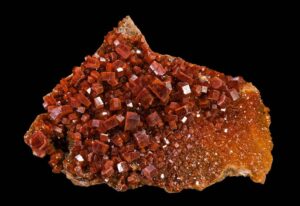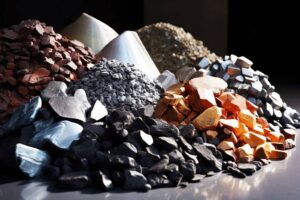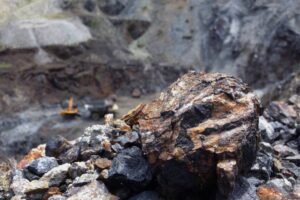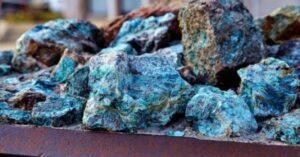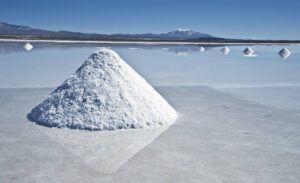Navigating Chromium
Navigating Chromium High grade stainless steel would have less strength, durability and corrosion resistance if it weren’t for chromium. Scientific Properties of Chromium Chromium is a hard, lustrous transition metal with atomic number 24 and symbol Cr. It has a high melting point of 1,857°C and is primarily found in chromite ore. Chromium is extracted […]
Navigating Chromium Read More »




